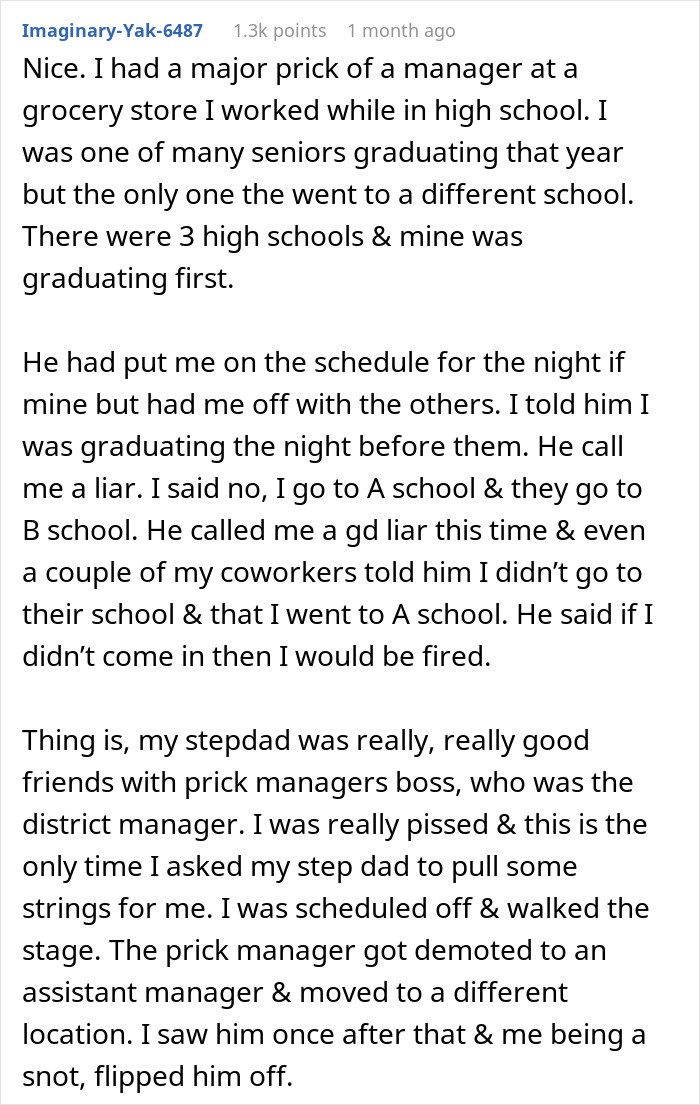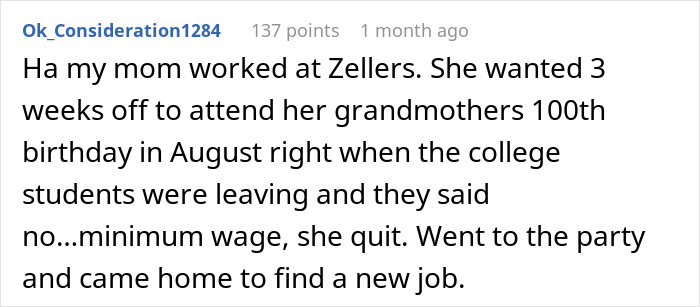Ensuring the health and safety of employees in the workplace is one of the top priorities of companies. But even under the best conditions, injuries and illnesses still occur, and how they’re addressed can make all the difference.
Unfortunately, the boss of this worker didn’t handle their wrist accident as well as she could have. The employee struggled for a few months, going to doctor’s appointments and requesting lighter work, only to be completely ignored by the manager. Knowing that would be the end of their work there, they decided to get back at their boss two days before a big event.
Safety and health of employees should be a top priority for companies

Image credits: RossHelen (not the actual photo)
However, this manager completely dismissed a worker when they suffered a wrist injury at work
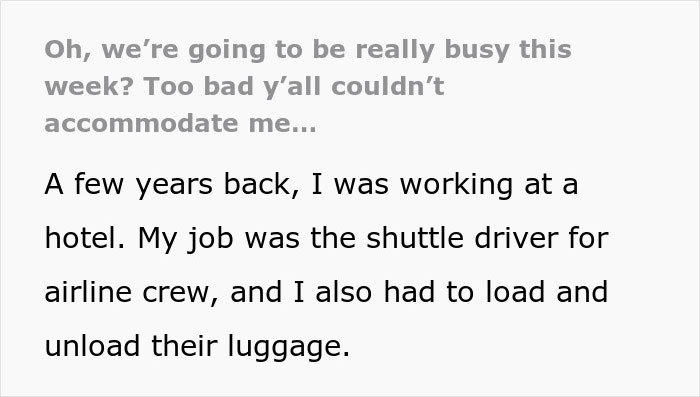
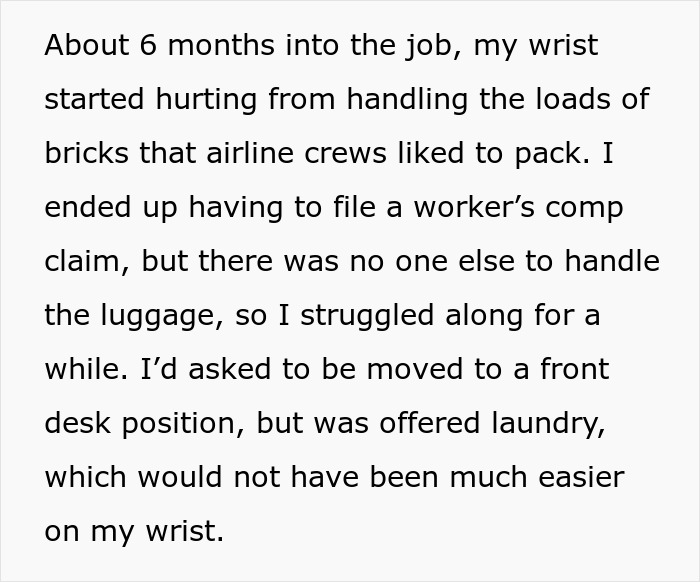
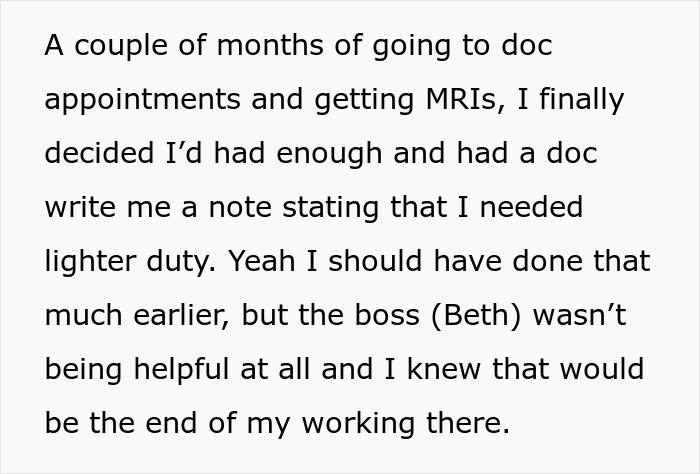
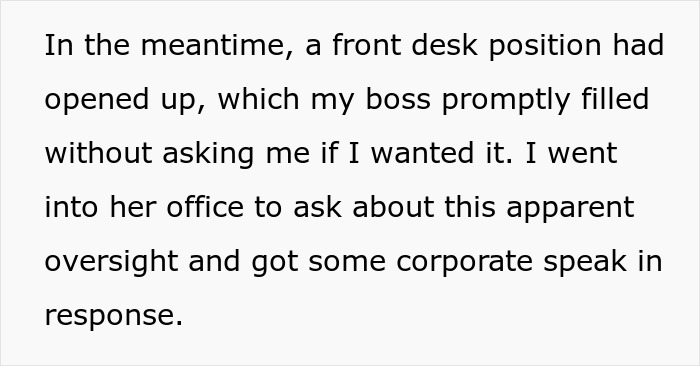

Image credits: Antoni Shkraba (not the actual photo)
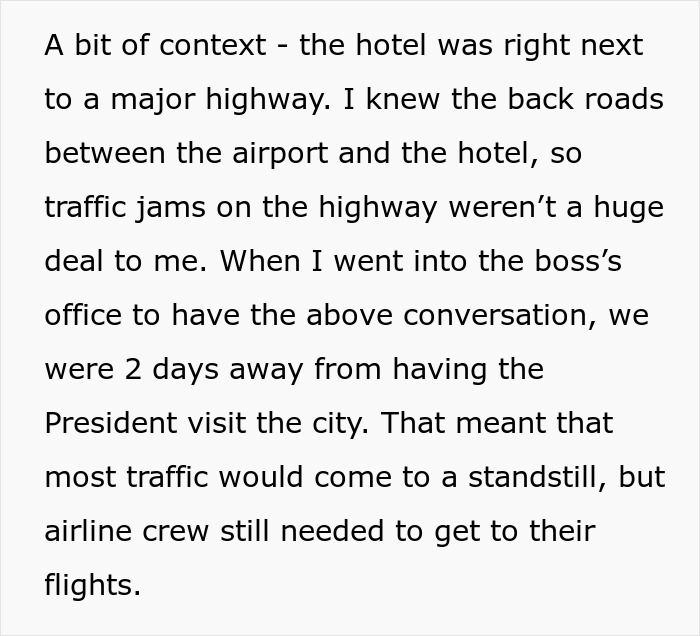
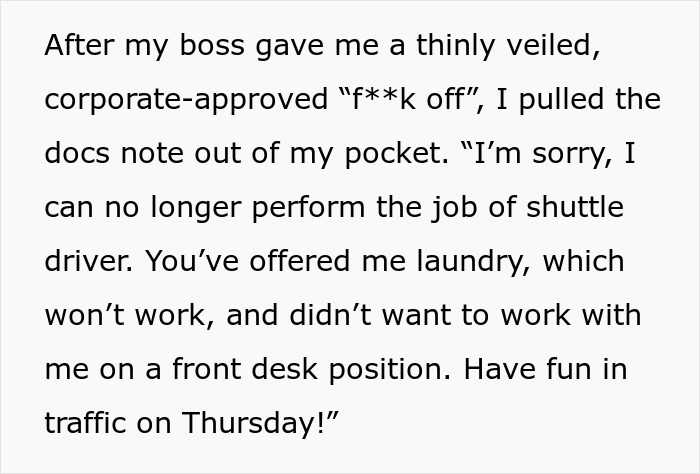
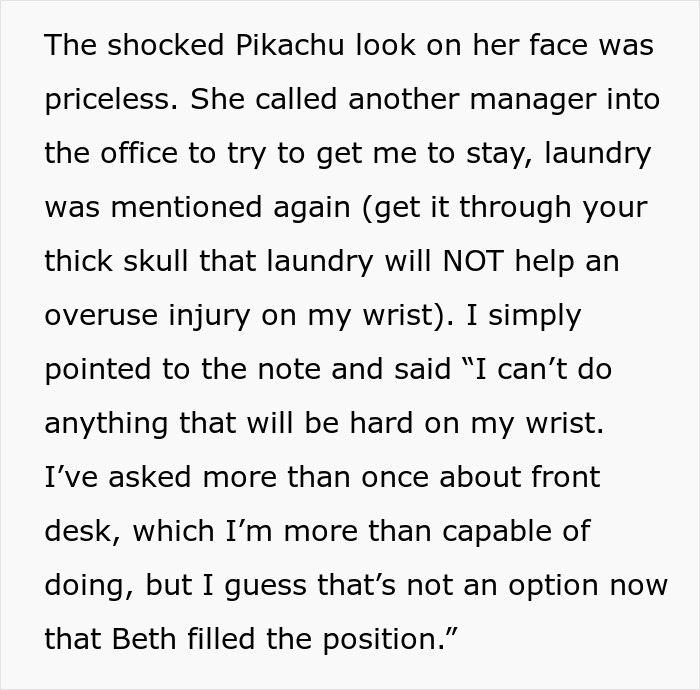
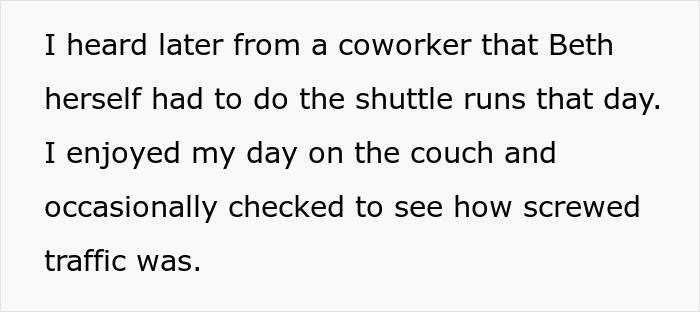
4.7 million employees in the United States face work-related accidents every year
Suffering from an injury at work is not uncommon, with 4.7 million employees in the United States facing work-related accidents every year. This is particularly true for younger staff members just starting a new job, as more than one-quarter of accidents happen in the first year of employment.
Some of the most common work injuries include slips and falls, motor accidents, and machine entanglement, where an employee is trapped in a heavy apparatus. The injury that the author of this story suffered from is called overexertion (the third most common cause of injury in the US) and is often caused by repetitive motions like improper lifting of heavy objects.
It can occur when a person is pushing themselves too hard physically. If not addressed, such exhaustion can lead to pain and discomfort or tearing and overstretching in muscles, tendons, and ligaments. Any time an individual is lifting or performing a physical activity, they should pay attention to the way they move and position their body.
The most common industries for overexertion are service, trade, transportation, and utilities. Something that increases the risk of injury is improper posture or technique, lack of space, heavy weights, worn-out tools, and repetitive motion.
Overexertion is essentially your body saying that you need to take a break. If ignored, it can impede the immune system, making a person more susceptible to sickness. More and more frequent injuries or illnesses may be a sign that it’s time to take a mental or physical break from work.

Image credits: Online Marketing (not the actual photo)
Approximately half of injuries are due to stress, depression, or anxiety
Even though it might be obvious that we need time to recover and recharge our batteries to be healthy, quite a lot of people ignore the alerting signs that their bodies are sending them. The Health and Safety Executive (HSE) reports that approximately half of injuries are due to stress, depression, or anxiety.
HSE’s chief executive, Sarah Albon, explained that “preventing or tackling work-related stress can provide significant benefits to employees, improving their experience of work and their overall health; and also to employers, including increased productivity, decreased absenteeism, and reduced staff turnover.”
If a person is feeling mentally or physically exhausted and overwhelmed, there are ways to help cope with that. Experts from Healthline recommend taking breaks after strenuous physical activity, doing exercises to keep joints in good shape, and trying not to do too much too fast. In the case of mental health, it’s a good idea to make an effort to lighten your load, clear your schedule for a vacation, a long weekend, or even a couple of hours to do something that brings you joy. Some other options include attempting relaxation techniques, prioritizing sleep, and reminding yourself of positive things in life.
Because burnout and exhaustion are two of the main reasons for workplace injuries, employers and managers should take this into account and implement ways to prevent them. Concentra, a healthcare establishment, advises having comprehensive training to ensure that all workers have access to knowledge about safety. The management should also keep an open dialogue at all times that makes it easy for employees to come to them with any health or safety concerns. In addition, providing the right tools and encouraging stretch breaks might help to avoid potential safety hazards in the future.

Image credits: Karolina Grabowska (not the actual photo)
The author received many sympathizing comments under their post

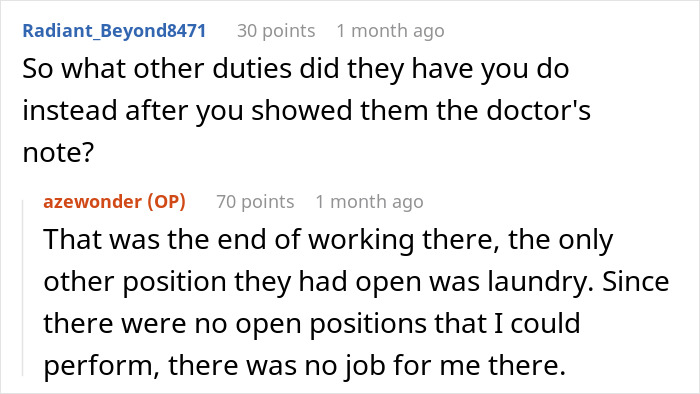
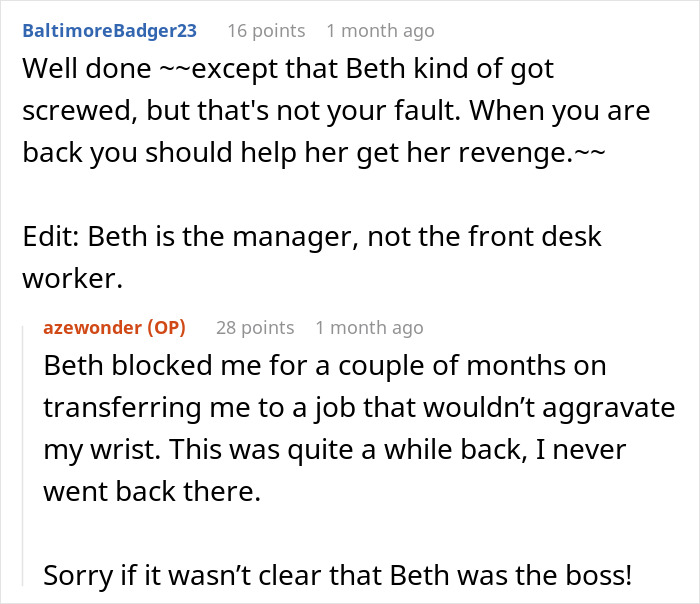
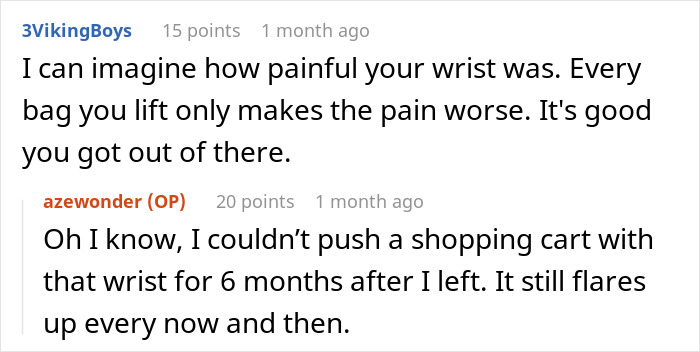
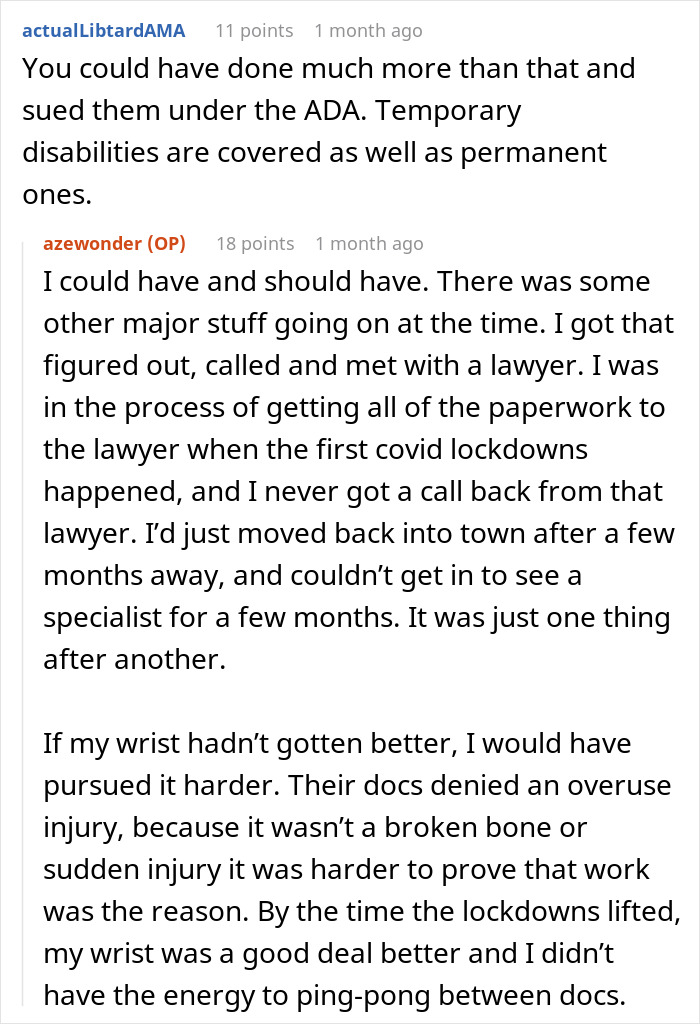
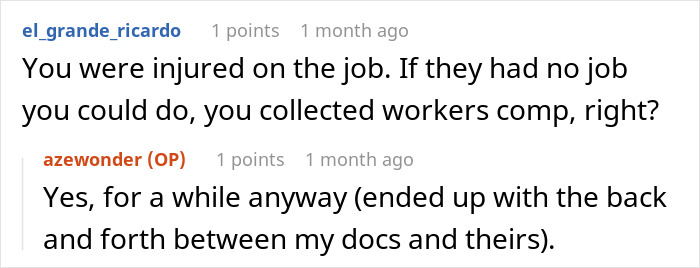
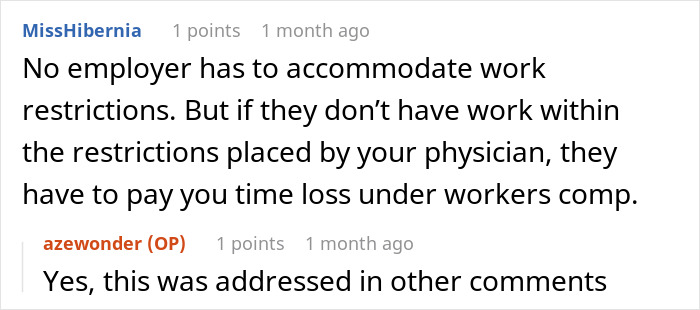
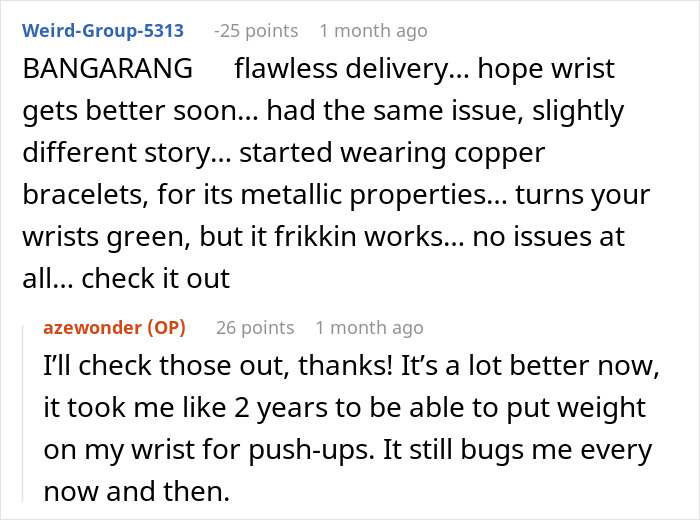
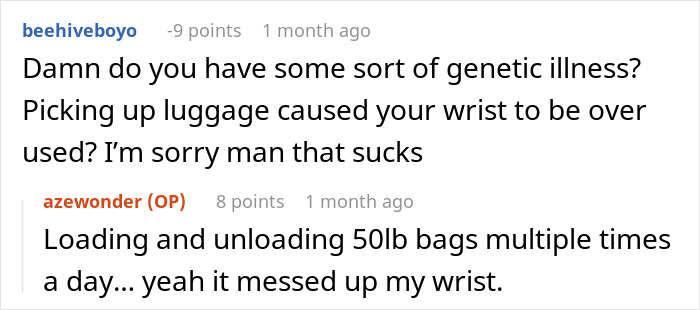
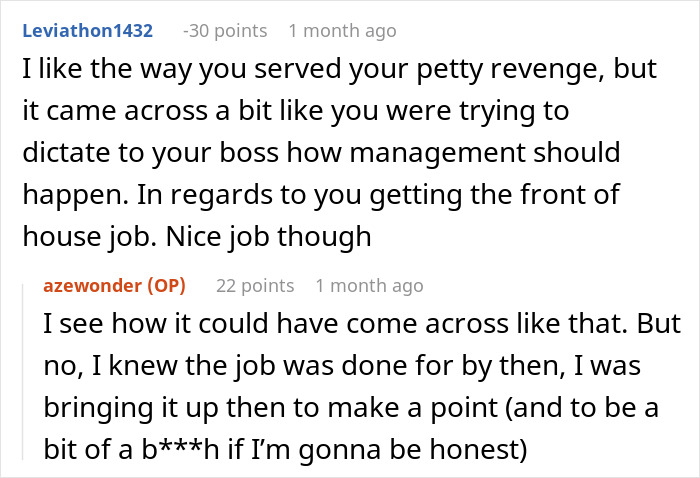




Some shared similar stories as well
